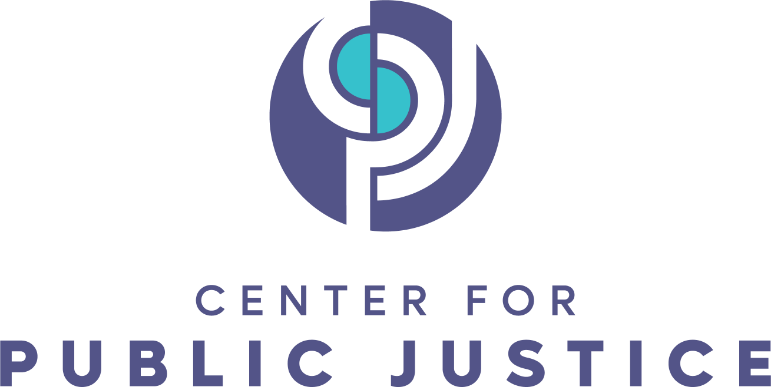Governments in the United States have always collaborated with the many private organizations, religious and social, that compassionate and justice-seeking people have created to assist their neighbors. As the federal and state governments massively expanded their social spending starting in the 1960—recall President Lyndon Baines Johnson’s Great Society and War on Poverty—they continued to collaborate, but became more prescriptive. Scholars write about “nonprofits for hire”—private organizations receiving government funds and losing most of their freedom to be innovative in services. The U.S. Supreme Court, interpreting the First Amendment in a strict-separatist, “no aid to religion” way, discouraged government from collaborating with organizations that have strong religious identities.
By the late 80s and early 90s, political leaders, social analysts, and activists were questioning this status quo. Here, and in other countries, experts and government officials were asking whether social services could be made more effective if the relationship between government and private service organizations was revised. In the 1992 elections, Democratic presidential candidate Bill Clinton promised to “end welfare as we know it,” and to press for a more effective way to assist the needy. The Supreme Court was changing its stance, as well, ruling that the First Amendment required equal treatment of religious organizations alongside their secular counterparts, not their exclusion from funding. And policy analysts, politicians, and newsmagazines, were noticing that some social programs run by churches and other faith-based nonprofits were unexpectedly successful in their creative solutions to neighborhood challenges.
In this time of change, the 1996 federal welfare reform law included a church-state innovation. One element of the big bill was called Charitable Choice. It was legal language calling for the equal treatment of faith-based organizations when state governments spent their federal welfare block-grant money to pay private organizations to provide services. Even if they were very religious and formerly would have been excluded, they could compete for the funds. At the same time, Charitable Choice strongly protected the rights of welfare recipients who were seeking services. Later in the 90s, Congress put similar Charitable Choice language into the laws for several other federal programs. The concepts undergirding Charitable Choice have been upheld by the courts.
President Bill Clinton’s vice president, Al Gore, running for President himself in 1999, advocated expanding the Charitable Choice principles to other federal social spending. So did Texas Governor George W. Bush, running as the Republican candidate. As president, Bush took the Charitable Choice principles as a guide for how the federal government should treat religious organizations in general, advocating, as well, that the government should modify its practices so that it could better partner with small organizations, both secular and religious. He created the White House Office of Faith-Based and Community Initiatives, and counterpart Centers in major federal agencies that award money to private organizations to provide services. And he used the regulatory process, with its opportunity for public comment, to turn the Charitable Choice principles into Equal Treatment regulations that govern programs whose laws don’t include Charitable Choice.
All of this, with few changes, was continued by Democratic President Barack Obama, then, with some additional changes, by Republican President Donald Trump, and now by Democratic President Joe Biden. The faith-based initiative has significantly modified how the federal government carries out its goals of assisting people and communities. Because it requires a level playing field, not a bias for religion, and balances protections for faith-based organizations with protections for people needing help, it has generated a significant new consensus on the church-state rules that should apply when the government provides funds to private organizations.
Many states and larger cities have undertaken similar, if usually less elaborate and visible, initiatives to improve how their programs collaborate with and support the good work done in neighborhoods by churches, religious charities, and community-based organizations. Some of the specialized state and city efforts even predate the Bush White House Office of Faith-Based and Community Initiatives, which was started in February, 2001.
